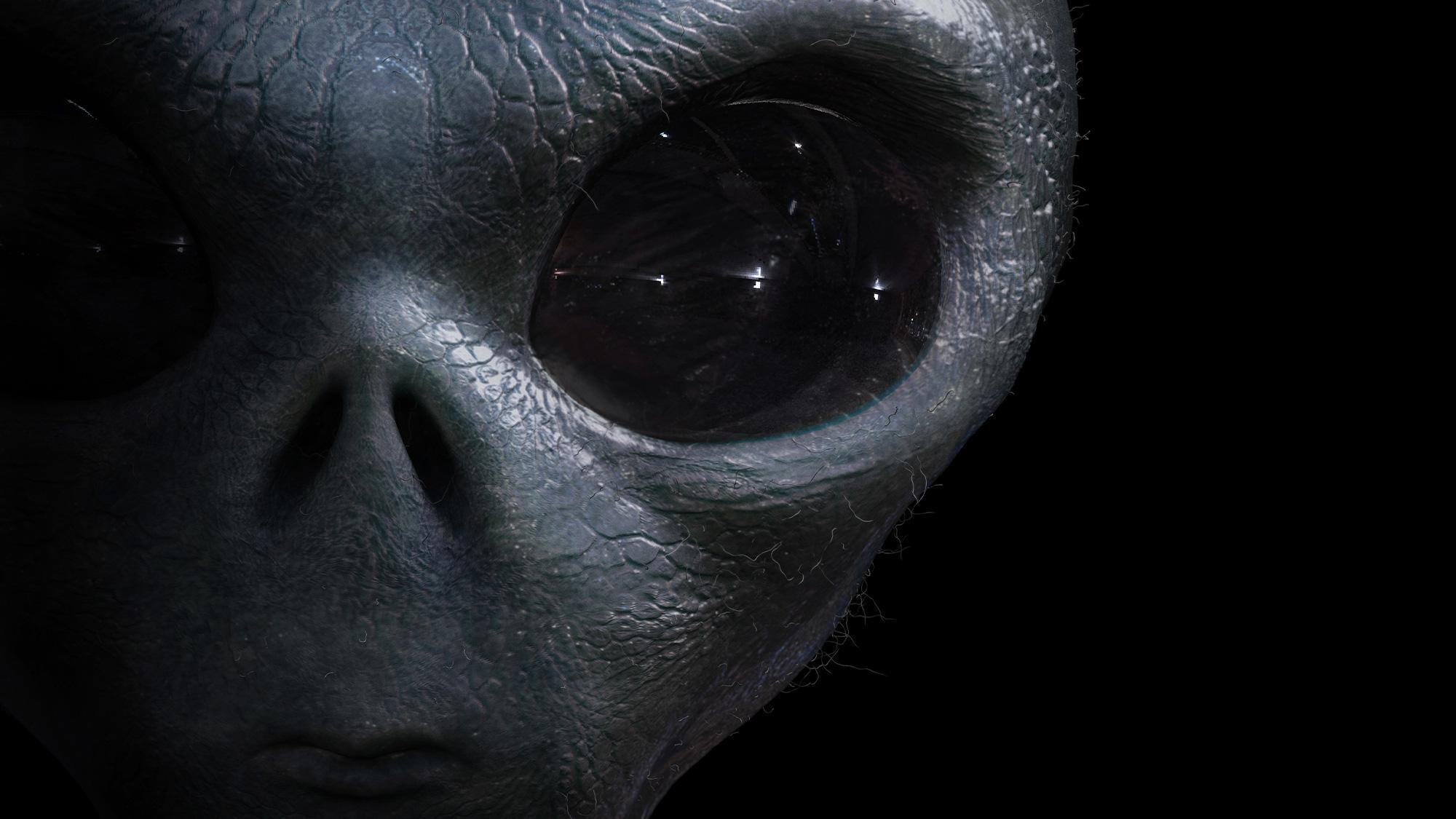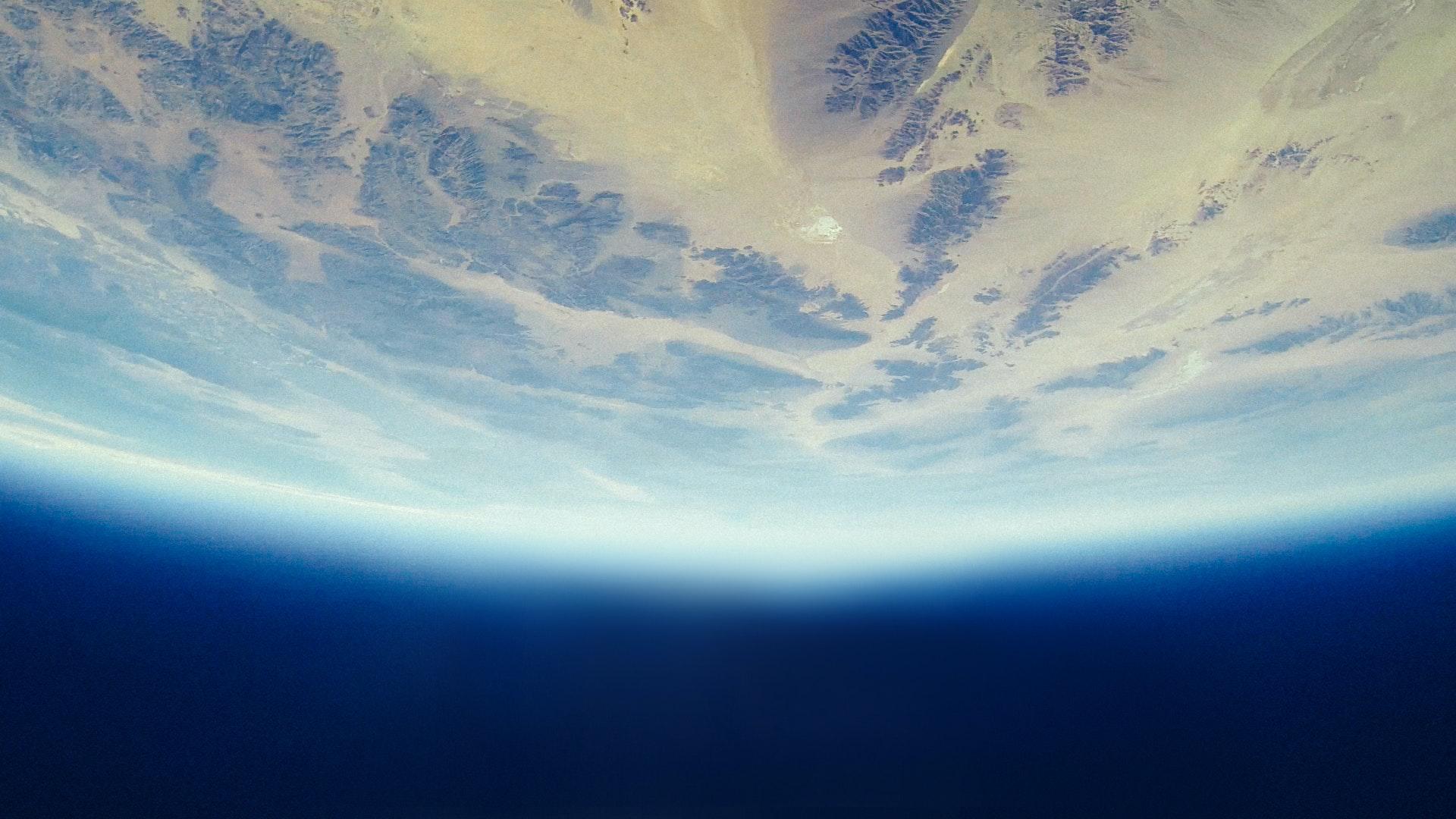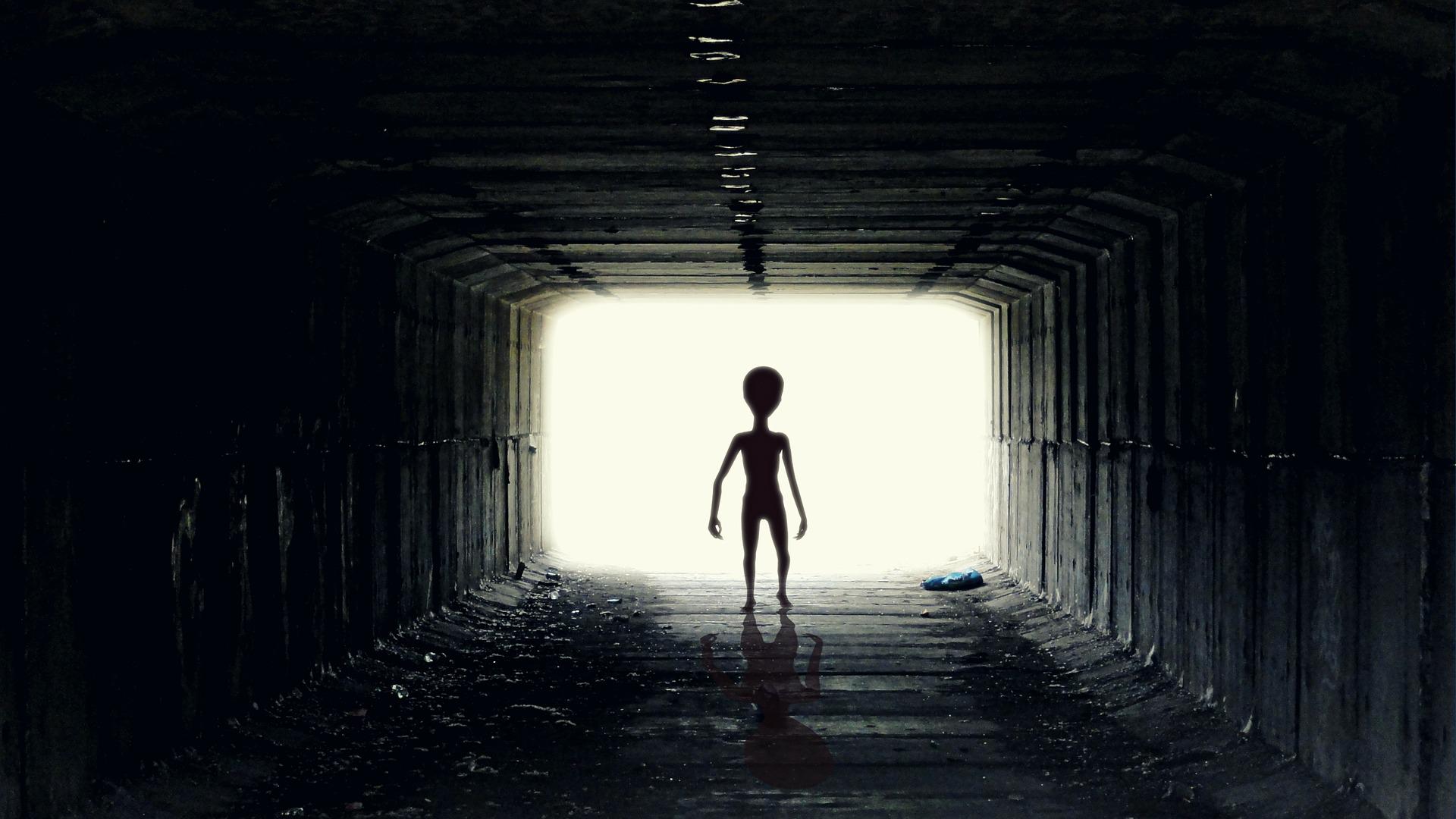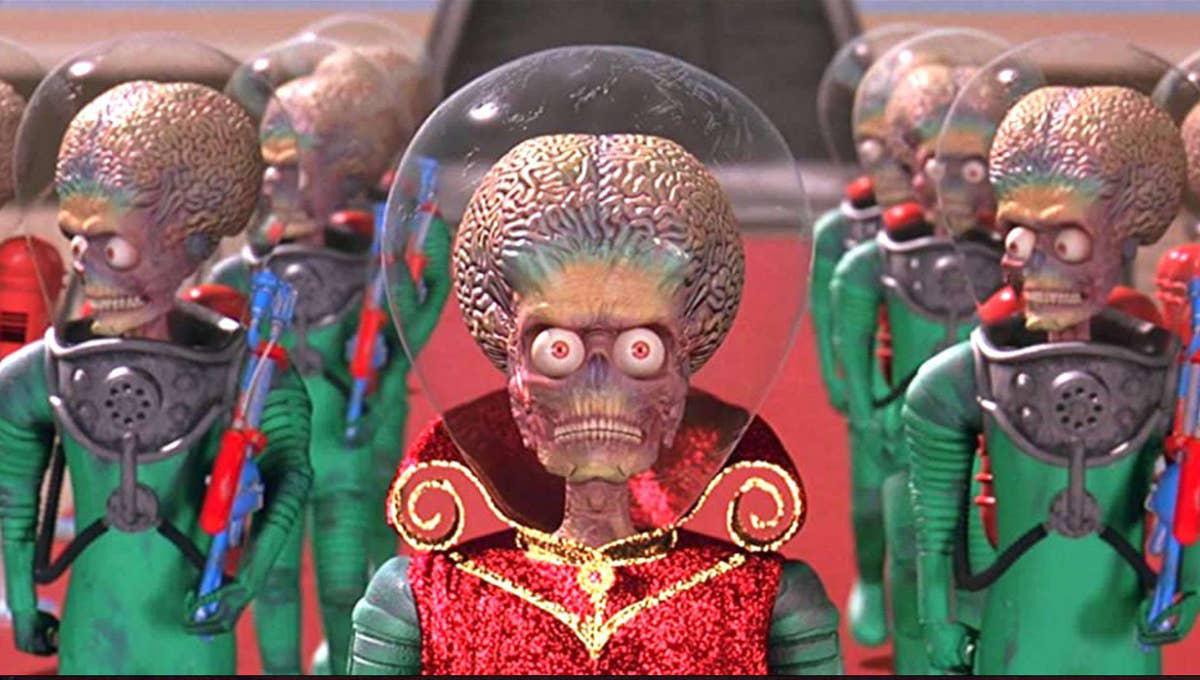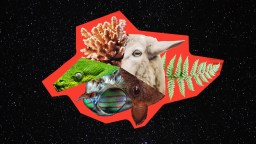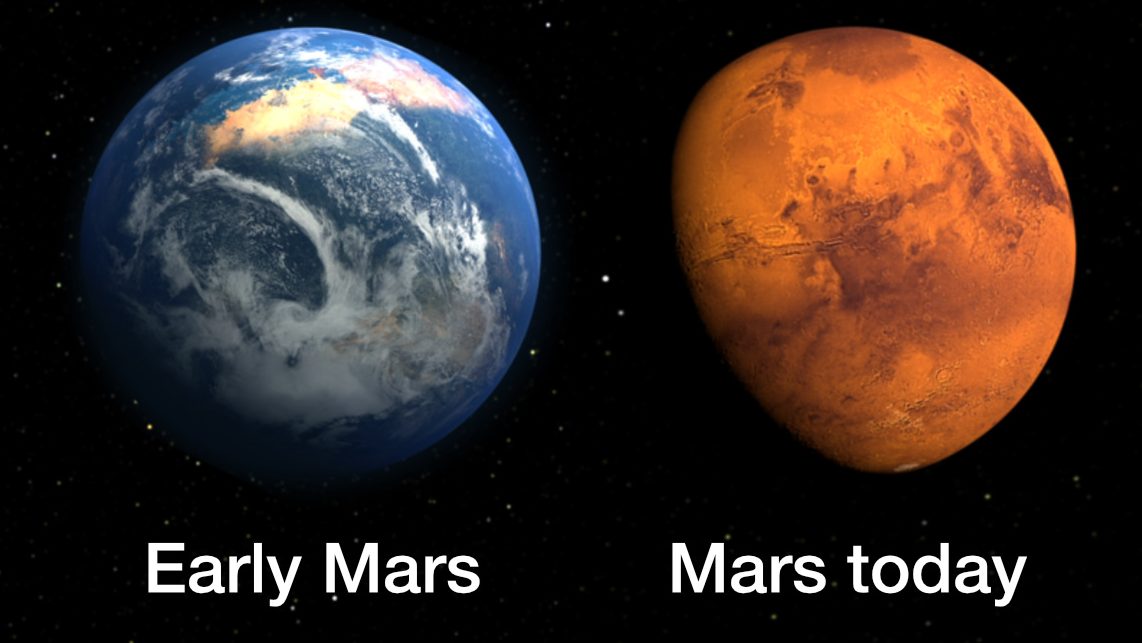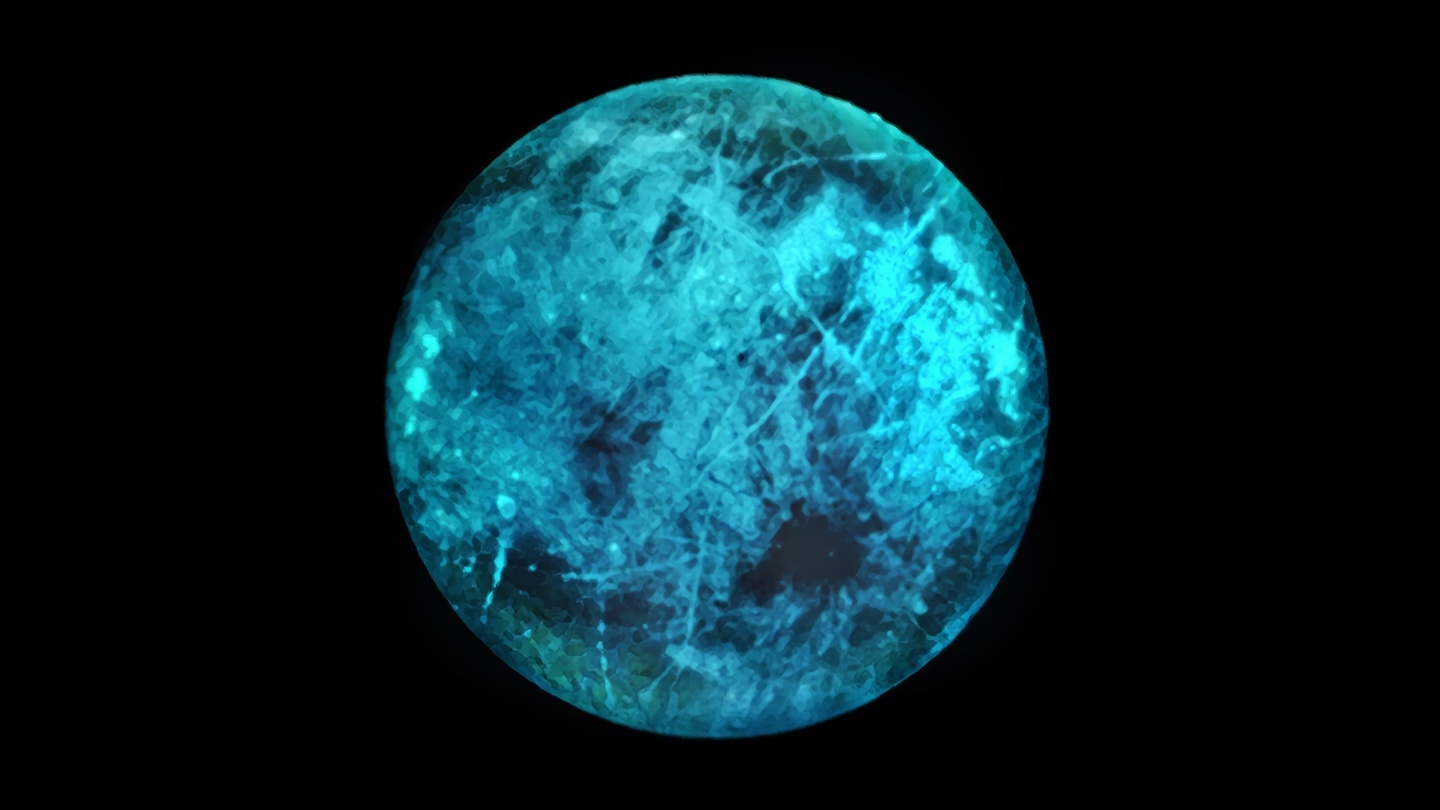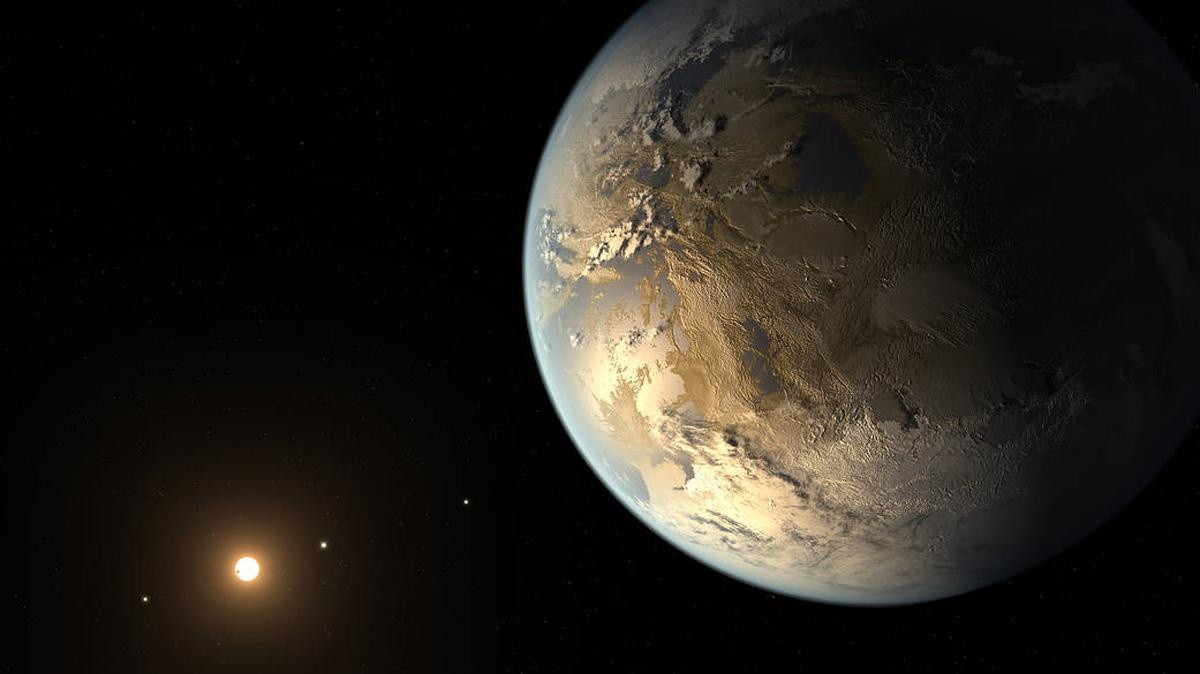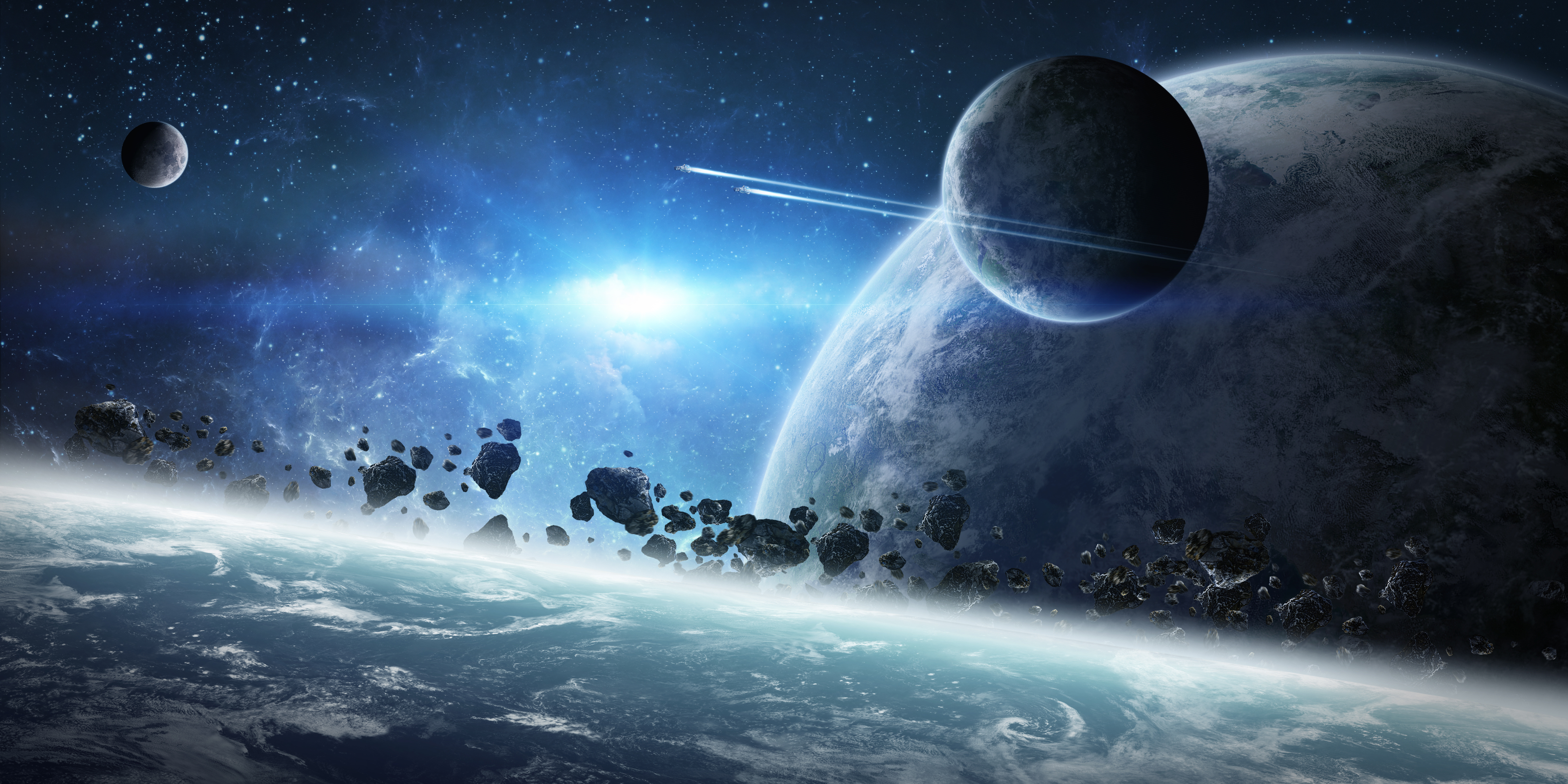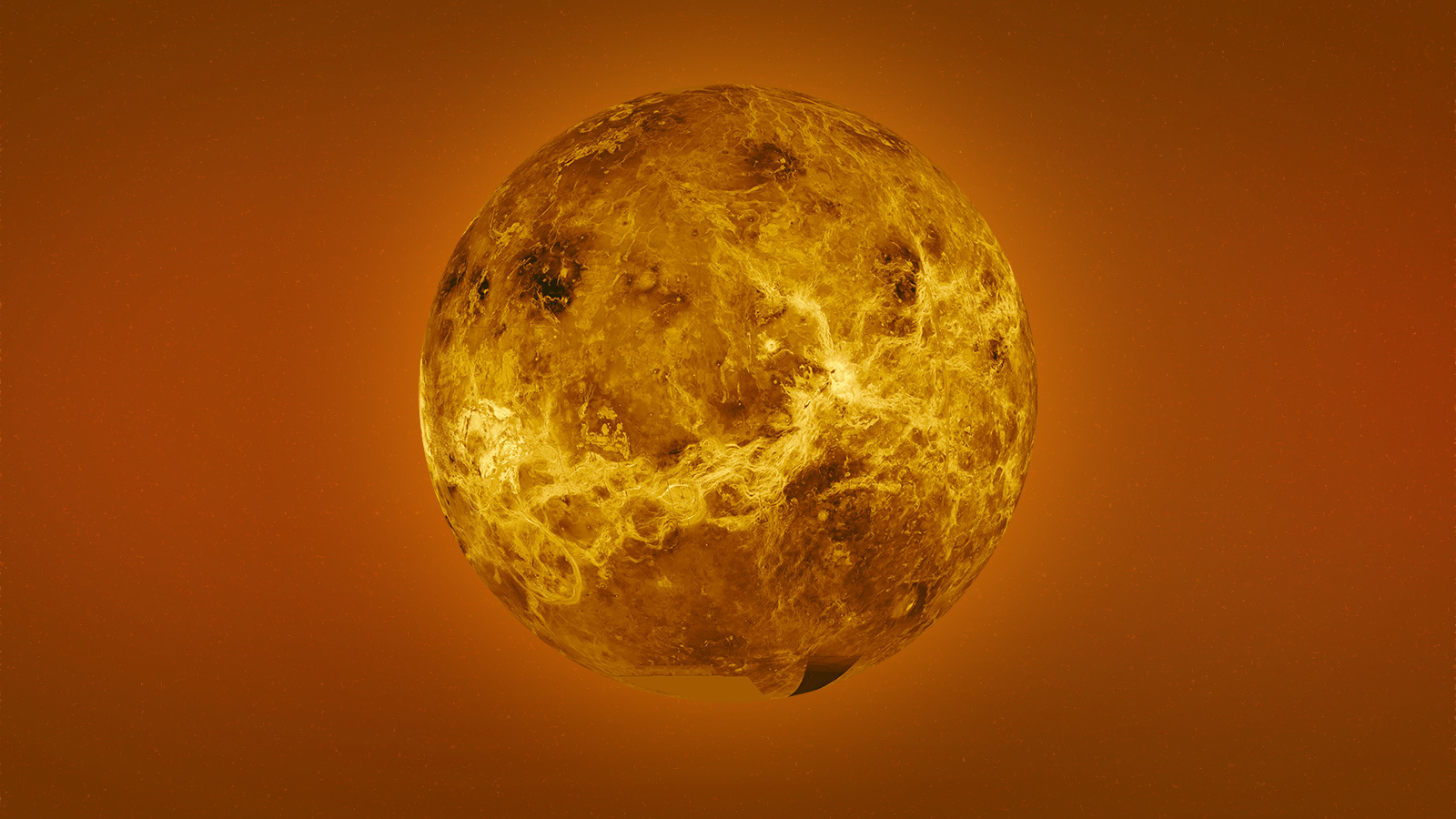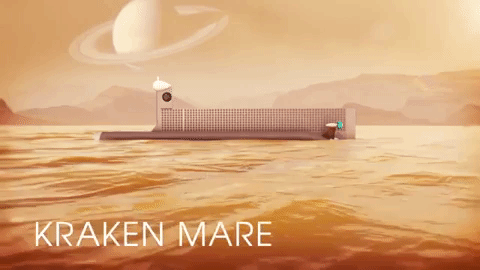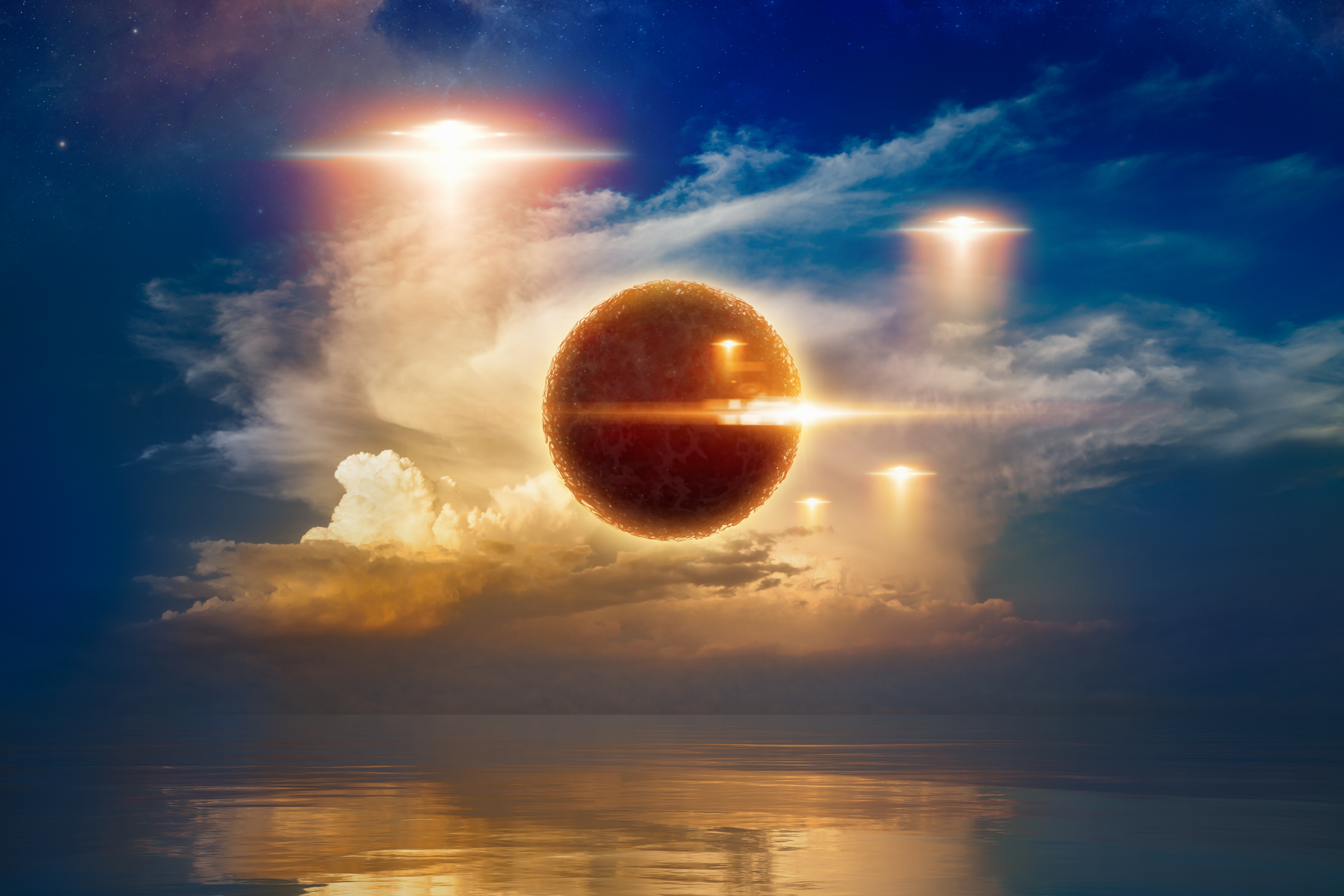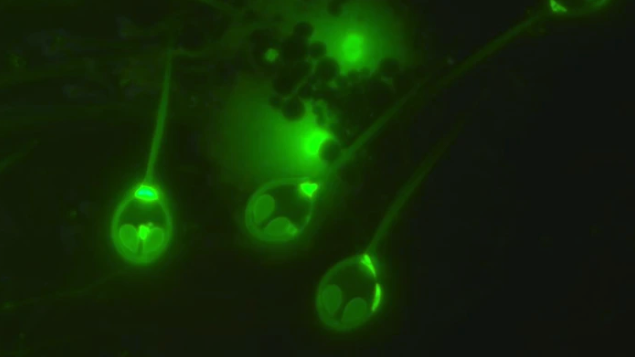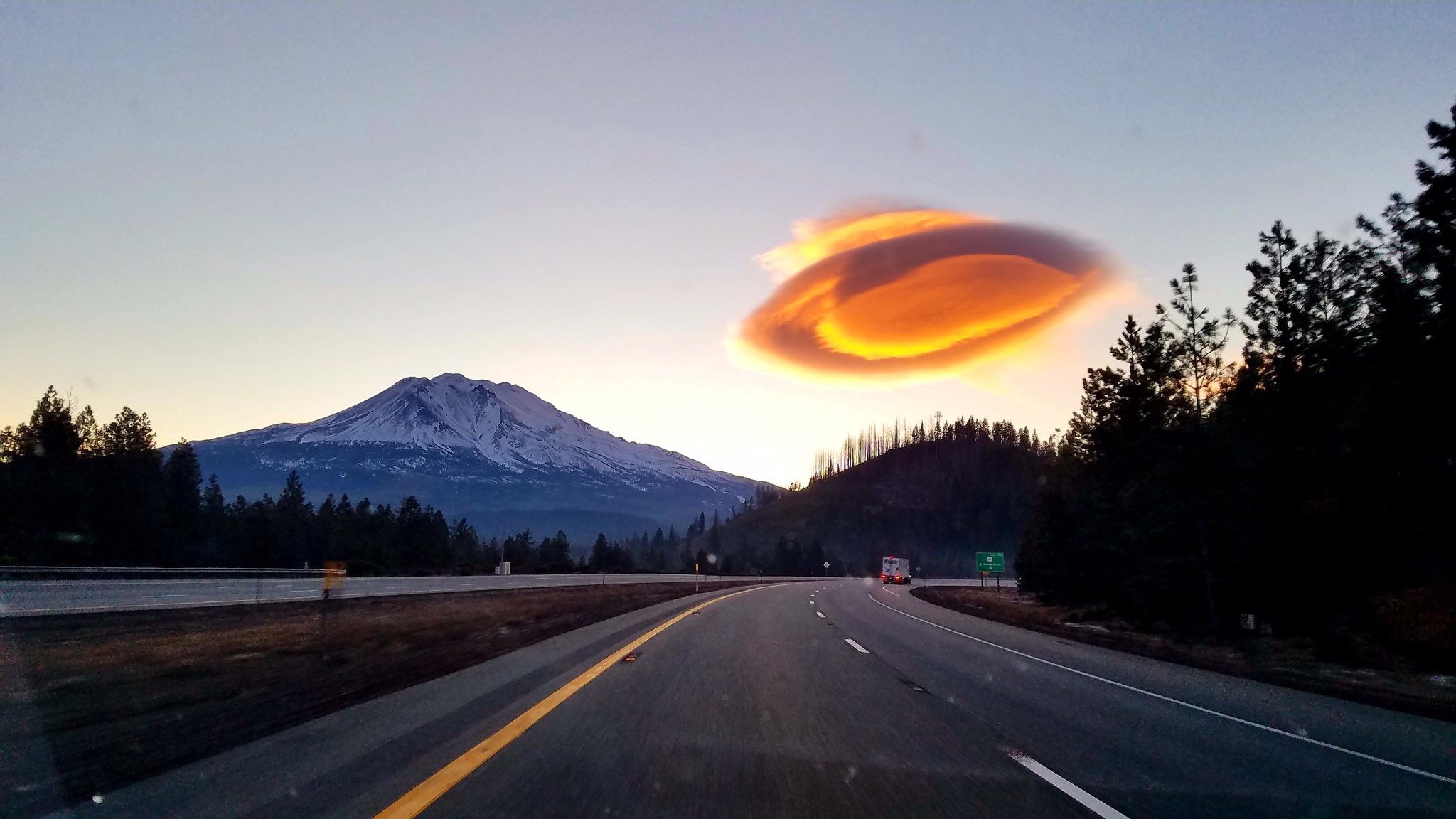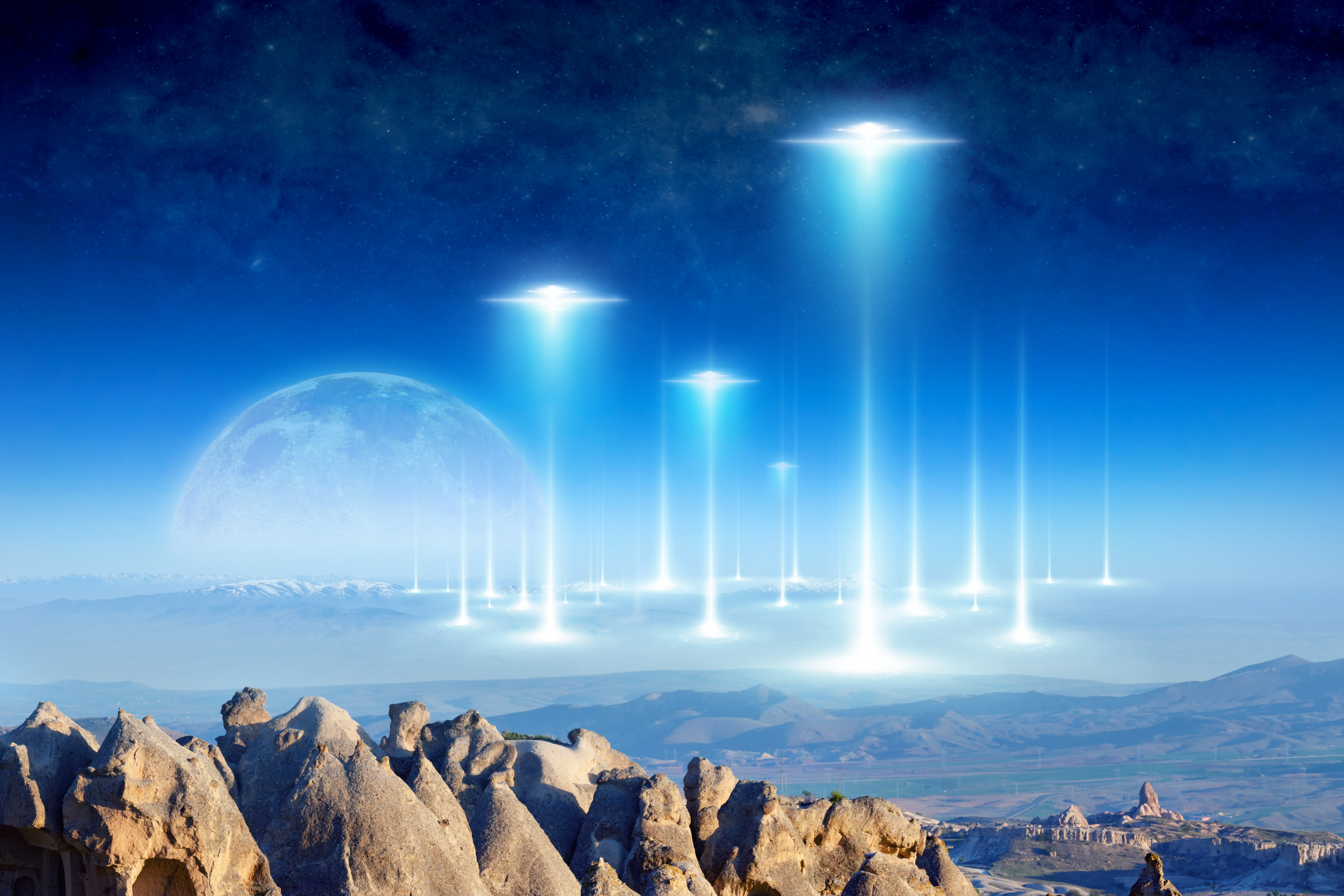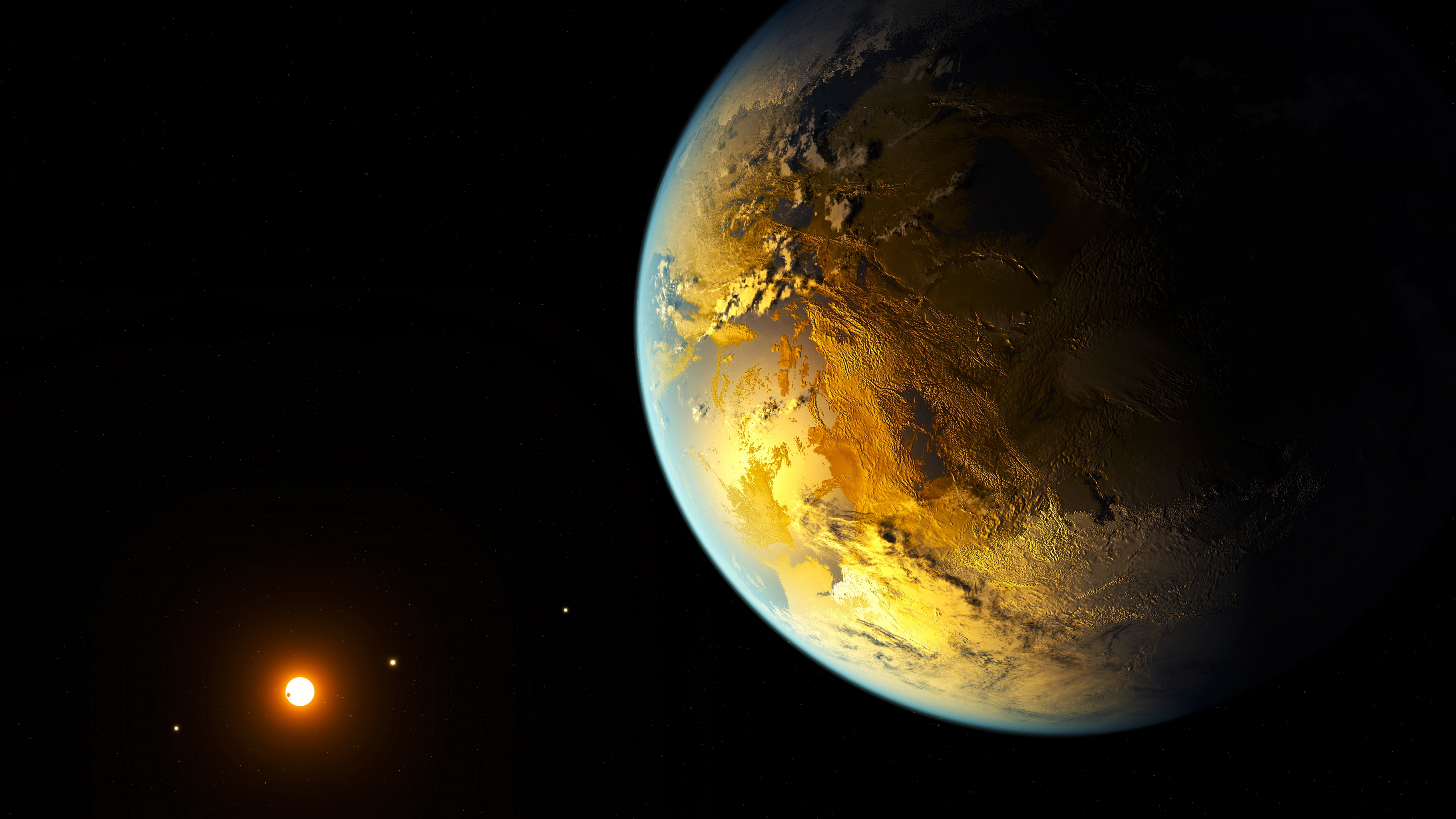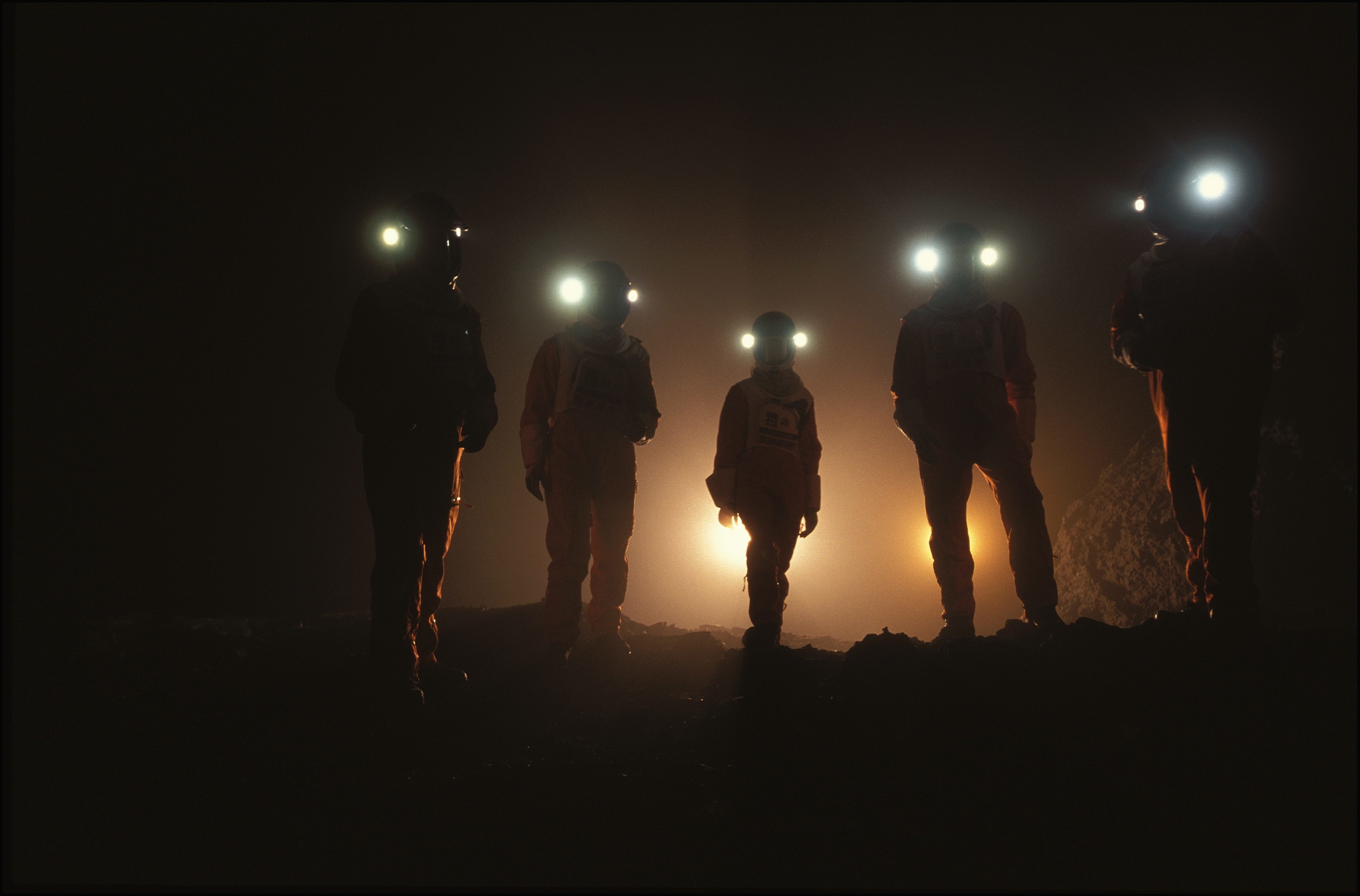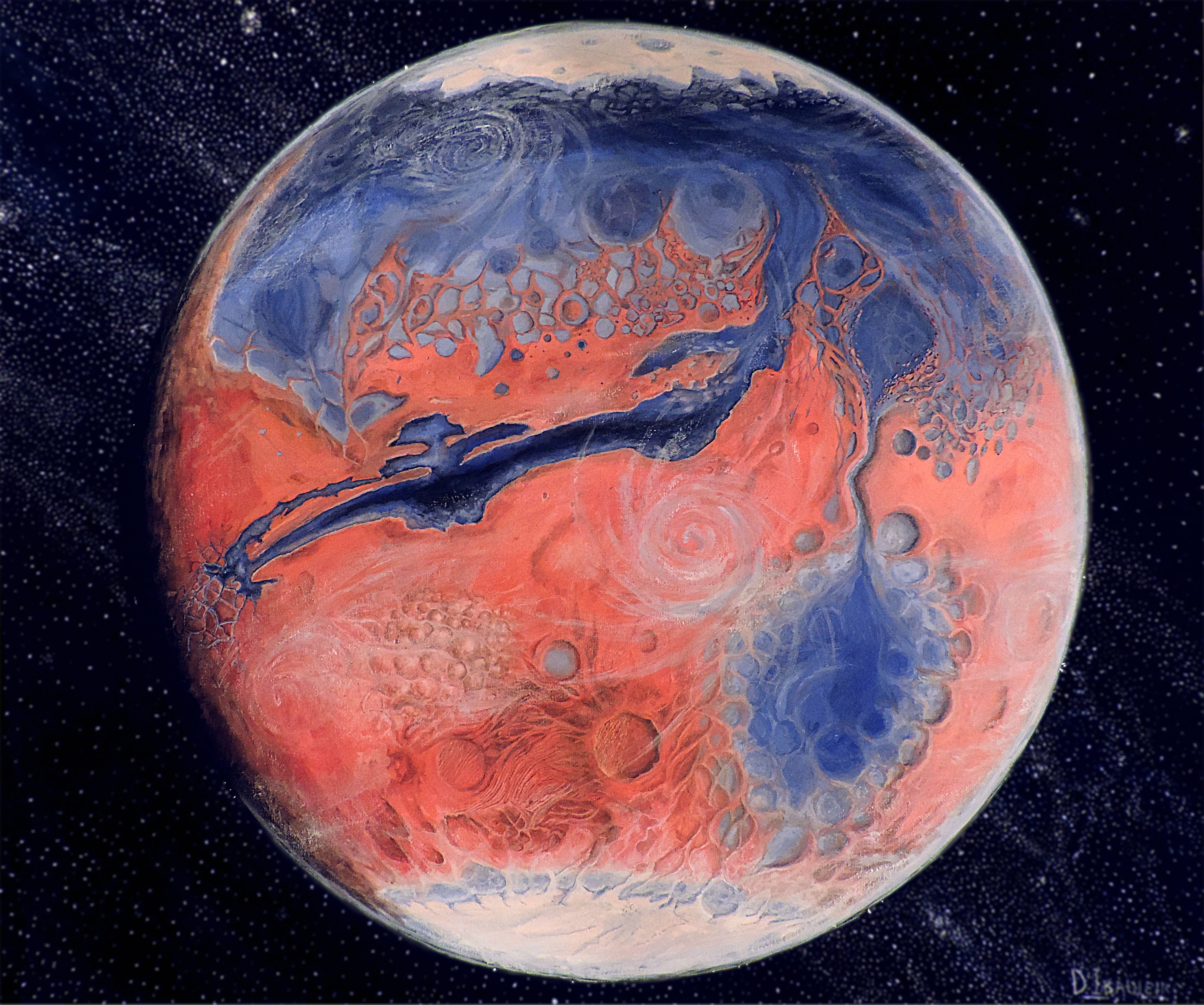extraterrestrial life
A new government report describes 144 sightings of unidentified aerial phenomena.
Oxygen is thought to be a biomarker for extraterrestrial life, but there are at least three different ways that a lifeless planet can produce it.
Humans are more likely to have “first contact” with an advanced alien civilization, according to a recent NASA-funded paper.
Two new studies examine ways we could engineer human wormhole travel.
Three lines of evidence point to the idea of complex, multicellular alien life being a wild goose chase. But are we clever enough to know?
The search for alien life is far too human-centric. Our flawed understanding of what life really is may be holding us back from important discoveries about the universe and ourselves.
▸
6 min
—
with
A strange object found in the desert has prompted worldwide speculation.
Zircons in a Martian meteorite widens the possible timeframe for life on Mars.
An ancient Martian meteorite carries with it some compelling implications.
Using a laboratory model, scientists get a nice Jovian surprise.
A new study from NASA and the SETI Institute comes up with an exciting number of potentially life-supporting planets.
The study identified superhabitable planets outside of our solar system.
Scientists have detected within the Venusian atmosphere a chemical known to be a byproduct of life.
The mission could launch as soon as the 2030s, the researchers said.
Just how close are we to setting up camp on another planet? It’s complicated.
▸
17 min
—
with
Hollywood has created an idea of aliens that doesn’t match the science.
▸
11 min
—
with
Astrophysicists calculate the likely number of civilization out there capable of communicating with us.
Tyson dives into the search for alien life, dark matter, and the physics of football.
▸
14 min
—
with
A new study discovers the likelihood of extraterrestrial life in the universe.
When searching for extraterrestrial life, astronomers may want to look at planets with hydrogen-rich atmospheres.
It’s the first time scientists have discovered an animal that doesn’t perform aerobic respiration.
A volcano in California is a hot spot for conspiracy theorists.
Physicist Frank Wilczek proposes new methods of searching for extraterrestrial life.
Until about a decade ago, only two habitable zone planets of any size were known to astronomers: Earth and Mars.
The intelligent life we are searching for doesn’t have to be humanoid.
Scientists are expert observers. Because of this, they can help us develop a keener view of the world — the cosmos.
▸
3 min
—
with
Neil deGrasse Tyson wants to believe. He just needs to see the evidence first.
▸
5 min
—
with
When it comes time for humanity to pick a new home, where will we go?
We still don’t have proof of intelligent life beyond that on Earth.
▸
10 min
—
with

